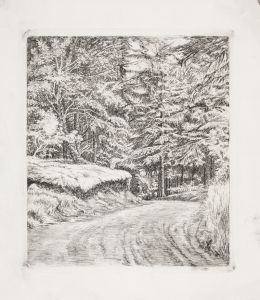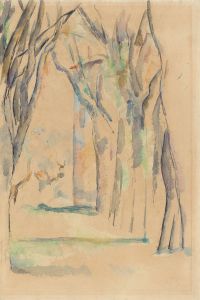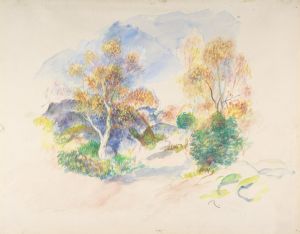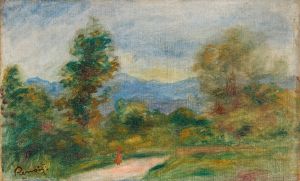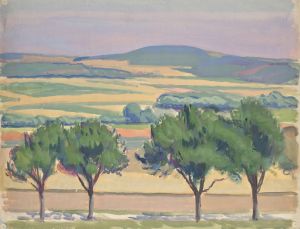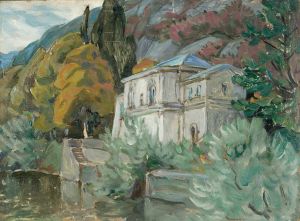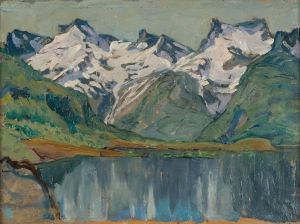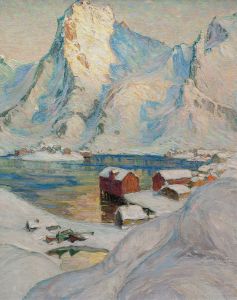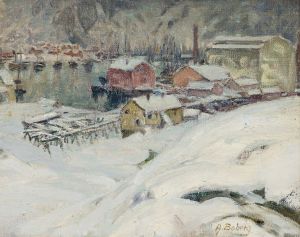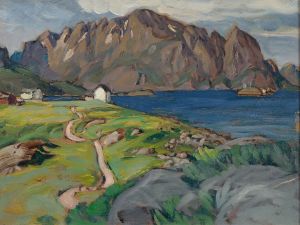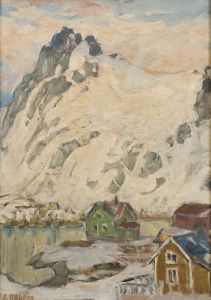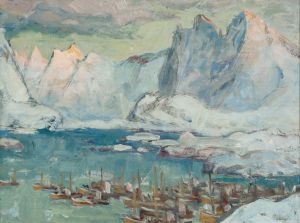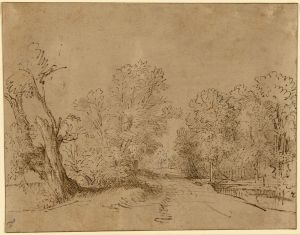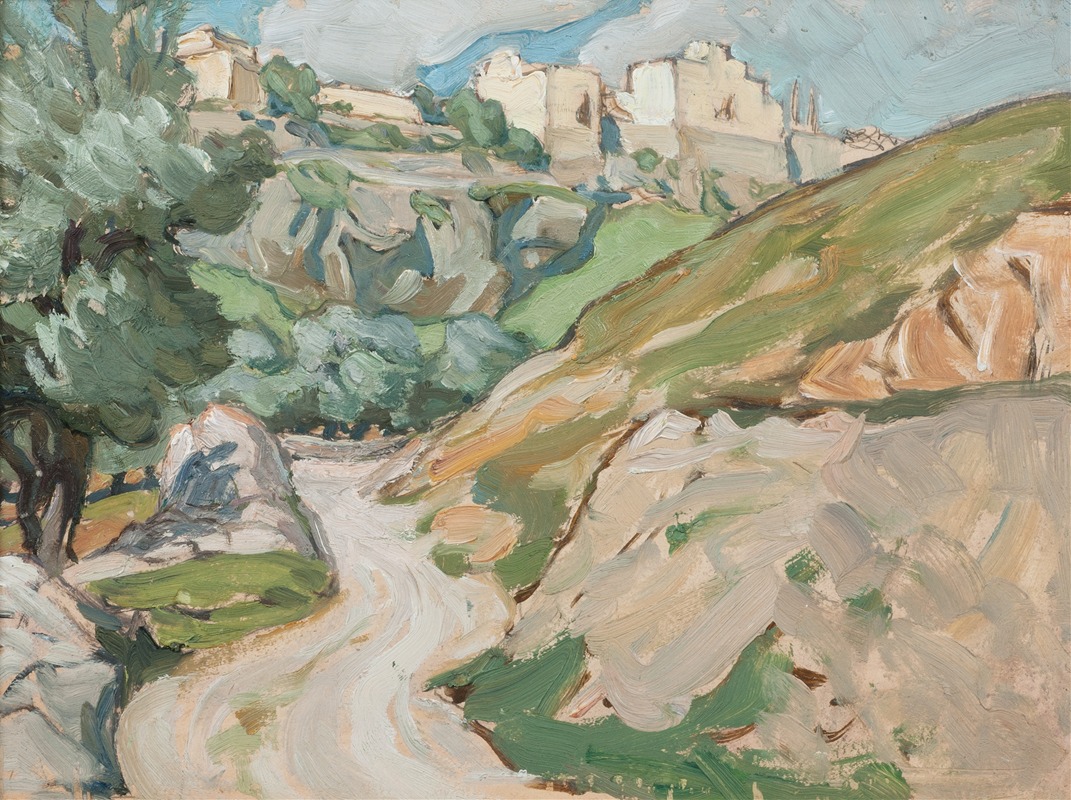
The Road to Jerusalem. Study
A hand-painted replica of Anna Boberg’s masterpiece The Road to Jerusalem. Study, meticulously crafted by professional artists to capture the true essence of the original. Each piece is created with museum-quality canvas and rare mineral pigments, carefully painted by experienced artists with delicate brushstrokes and rich, layered colors to perfectly recreate the texture of the original artwork. Unlike machine-printed reproductions, this hand-painted version brings the painting to life, infused with the artist’s emotions and skill in every stroke. Whether for personal collection or home decoration, it instantly elevates the artistic atmosphere of any space.
Anna Boberg's "The Road to Jerusalem" is a notable work by the Swedish artist, who was active during the late 19th and early 20th centuries. Anna Boberg (1864–1935) was known for her landscape paintings, particularly those depicting the dramatic and rugged scenery of northern Scandinavia. However, she also explored other themes and locations in her work, as evidenced by "The Road to Jerusalem."
Boberg was a self-taught artist who gained recognition for her unique style and choice of subjects. Her interest in diverse landscapes led her to travel extensively, and she often painted scenes that captured the essence of the places she visited. While much of her work focused on the natural beauty of Sweden and Norway, she also ventured to other parts of the world, including the Middle East.
"The Road to Jerusalem" reflects Boberg's interest in capturing the atmosphere and cultural significance of the Holy Land. Although specific details about this particular painting are scarce, it is likely that the work was inspired by her travels to the region. During the late 19th and early 20th centuries, the Middle East was a popular destination for artists and travelers seeking to experience its rich history and diverse landscapes.
Boberg's approach to painting was characterized by her use of vibrant colors and bold brushstrokes, which helped convey the emotional and spiritual resonance of the scenes she depicted. In "The Road to Jerusalem," she likely employed these techniques to capture the unique light and landscape of the area, as well as the historical and religious significance of the journey to Jerusalem.
As an artist, Boberg was part of a broader movement of Scandinavian painters who sought to express the beauty and majesty of their surroundings through art. Her work was well-received during her lifetime, and she exhibited widely in Sweden and abroad. Despite facing challenges as a woman artist in a male-dominated field, Boberg's talent and determination earned her a place among the notable artists of her time.
While "The Road to Jerusalem" may not be as widely known as some of her other works, it remains an important part of her oeuvre, reflecting her adventurous spirit and her ability to capture the essence of the places she visited. Today, Anna Boberg is remembered as a pioneering artist who contributed significantly to the Scandinavian art scene and left a lasting legacy through her evocative and diverse body of work.





